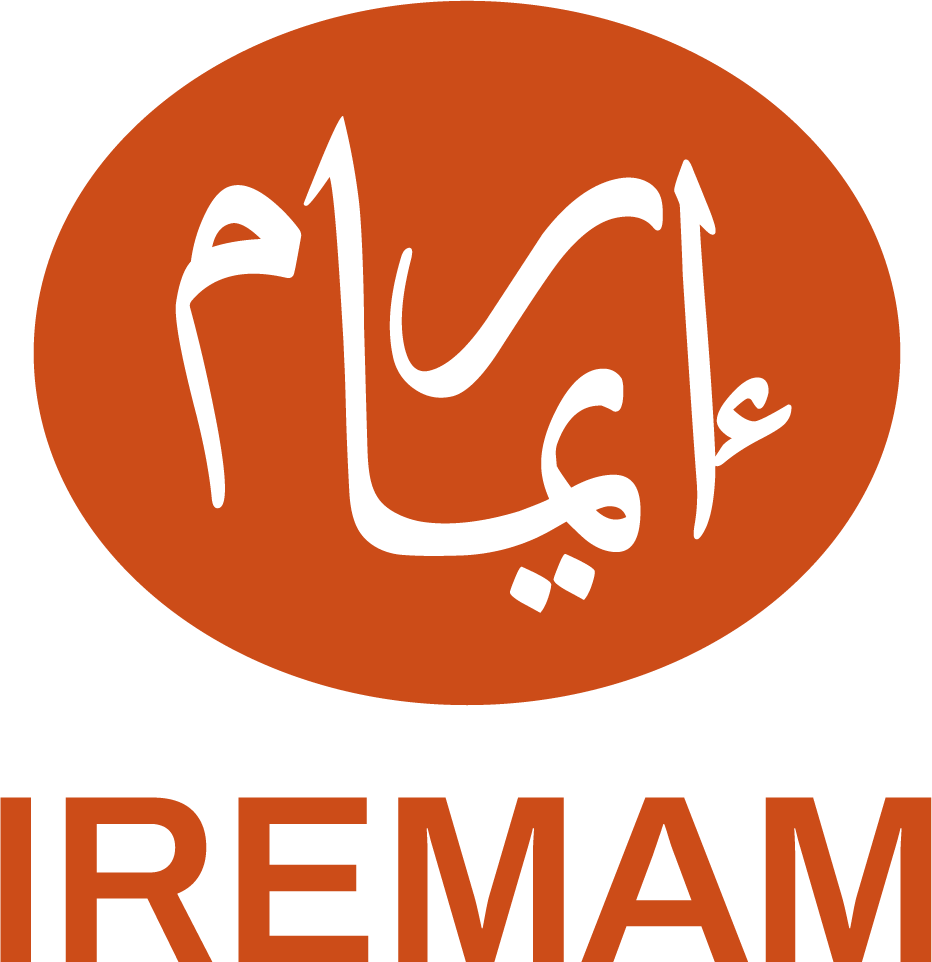Introduction
Résumé
The document outlines the archaeological work conducted in the Kilwa region, located northeast of Tabuk in Saudi Arabia. These investigations, carried out through a collaboration between Saudi and French institutions since 2008, aim to explore archaeological remains, analyze ancient water systems, and study nomadic societies and their interactions with the desert environment.Kilwa, known for its prehistoric rock engravings and some of the oldest inscriptions in the Near East, is of particular interest due to its isolation and historical richness. The excavations have revealed a monastic complex dating back to the 11th century, comprising a chapel, monastic cells, and a sophisticated water collection system. The architecture of these structures demonstrates advanced techniques adapted to the arid environment. The studies also uncovered engravings and ancient Arabic inscriptions in the surrounding hills, providing insights into the cultural and religious practices of the time.Successive campaigns have involved multidisciplinary teams conducting excavations, cartographic surveys, and geophysical and geoarchaeological analyses. Despite extreme weather conditions, including sandstorms and temperature fluctuations, and logistical challenges due to the site’s remoteness, significant progress has been made. The study of buildings such as Structures 46, 47, 54, and 63 has enhanced understanding of the spatial organization and construction techniques used in this monastic complex.Among the major findings, the confirmation that Kilwa housed a religious establishment of the “laure” type marked a significant breakthrough. The excavations also highlighted sophisticated hydraulic systems and tools for water management, essential in this desert context. The studied rock engravings and inscriptions further illuminate the cultural exchanges and lifestyles of the region’s inhabitants.In conclusion, these investigations have shed new light on Kilwa’s history and its occupants, establishing the site as a cultural and religious crossroads. They have laid the groundwork for future archaeological and environmental studies to continue uncovering the significance of this unique location.
| Origine | Accord explicite pour ce dépôt |
|---|



